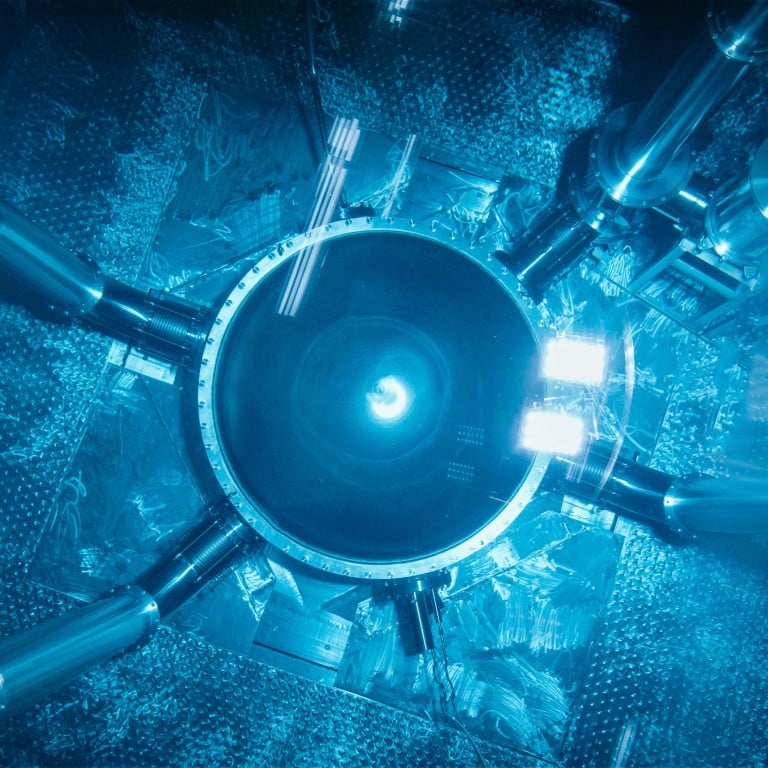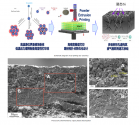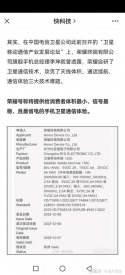supercat
Colonel
China is aiming to set 6G standards by 2025 and commercialize 6G in 2030.
China strives to commercialize 6G tech around 2030
The 6G standards are expected to be set in 2025, said Wang Zhiqin, leader of China's 6G promotion group and deputy director of the China Academy of Information and Communications Technology, on state broadcaster China Central Television Wednesday.
China's Ministry of Industry and Information Technology announced on Tuesday that China has allocated the 6GHz spectrum for 5G and 6G systems.
The 6GHz spectrum is the only high-quality resource with large bandwidth in the mid-band, taking into account its coverage and capacity advantages, the ministry said, noting that the 6GHz range is particularly suitable for the deployment of 5G or 6G systems in the future.




